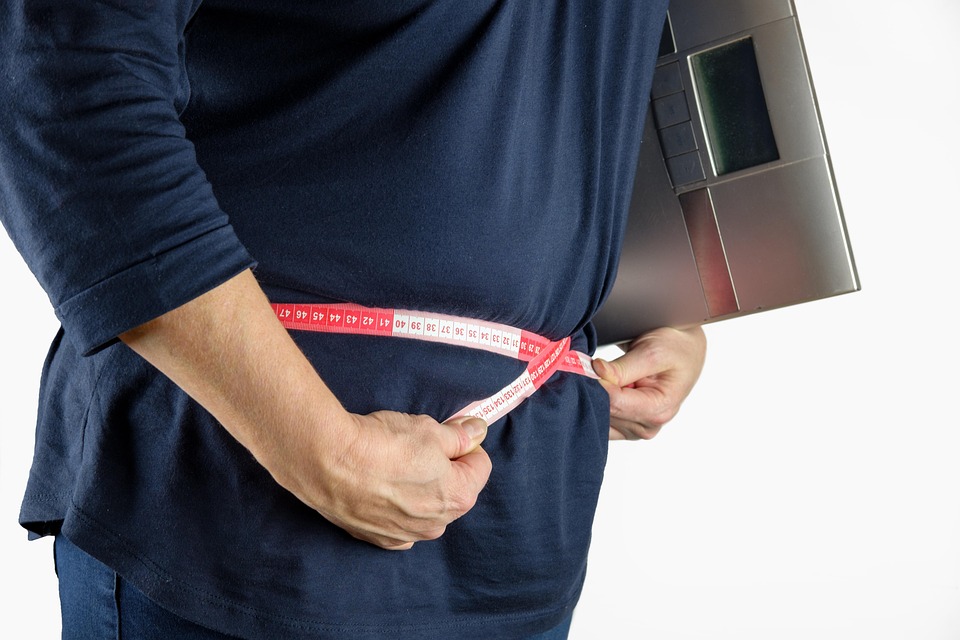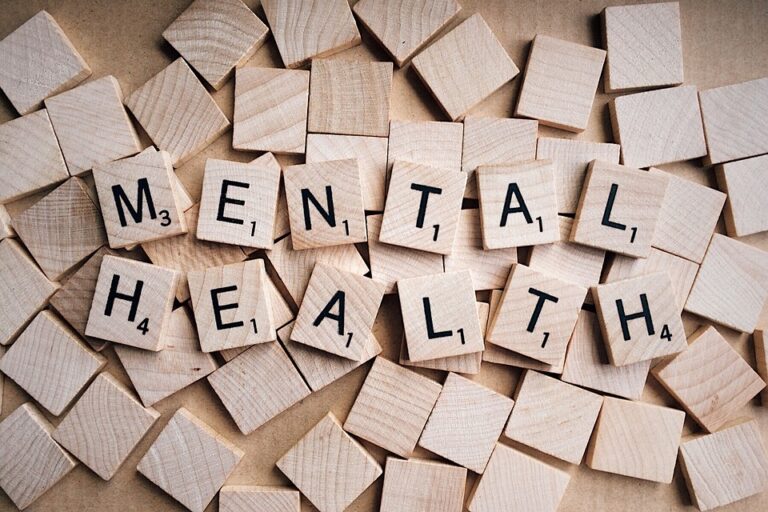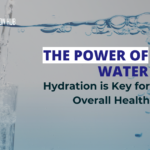How to Lose Fat Not Muscles: A Beginner’s Guide
Losing weight can be a tough journey, but there’s something even more challenging—losing fat while preserving precious muscle mass. Whether you want to lean out for better health or to enhance your physique, understanding how to lose fat, not muscles, is key. In this guide, we’ll explore the most effective strategies to achieve this goal.
Understanding the Difference Between Fat Loss and Muscle Loss
Before diving into specific strategies, it’s important to understand why focusing on fat loss rather than muscle loss is crucial. When you lose muscle, you decrease your metabolism, which makes losing fat even harder. Here’s why:
- Metabolism Boost: Muscles burn more calories at rest than fat does [Study: Wolfe, 2006]. The more muscle you have, the higher your resting metabolic rate.
- Strength and Performance: Maintaining muscle helps preserve strength, making it easier to continue your fitness regime.
Understanding this will guide you in tailoring your approach to weight loss.
Incorporate Strength Training
A common misconception is that cardio is king for fat loss. While it’s a useful tool, strength training plays a crucial role in preserving or even building muscle during a calorie deficit.
Resistance Training
Resistance training involves exercises like weightlifting or bodyweight workouts. These exercises stimulate muscle growth, even when you’re losing weight.
- Aim for Consistency: Try to engage in resistance training at least 3–4 times a week.
- Progressive Overload: Gradually increase the weight or resistance over time to challenge your muscles [Study: Rhea et al., 2003].
By incorporating resistance training, you can maintain muscle mass which can help with effective fat loss.
Eat a Balanced Diet Rich in Protein
Diet is arguably the most significant factor in losing fat, not muscle. A balanced, high-protein diet can make a significant difference.
Importance of Protein
Protein is essential for muscle preservation. It repairs and builds muscles, especially crucial during calorie deficits.
- Daily Intake: Aim for 1.2 to 2.0 grams of protein per kilogram of body weight [Source: Harvard Health].
- Food Sources: Consider lean meats, eggs, dairy, beans, and legumes.
Alongside protein, incorporate healthy fats and carbohydrates to provide energy for workouts and daily activities. For more on setting up a diet, see our guide on meal planning for fitness.
Optimize Your Cardio Routine
Cardiovascular exercise is an effective way to burn calories, but it’s important to approach it correctly to avoid muscle loss.
Smart Cardio Strategies
- Moderate Intensity: Engage in moderate-intensity cardio for longer durations, rather than high-intensity cardio that might cause muscle breakdown.
- HIIT Sessions: High-intensity interval training can be effective but keep sessions short and infrequent.
This approach allows for fat-burning while minimizing muscle loss.
Prioritize Recovery and Sleep
Recovery is an often overlooked part of a fitness regime. Without proper recovery, your body can enter a catabolic state, where muscle loss can occur.
Importance of Sleep
- Hormone Regulation: Sleep regulates hormones like cortisol, which can break down muscle if not balanced.
- Rest and Repair: Aim for 7–9 hours of sleep per night to support muscle repair and overall recovery [Study: Walker et al., 2017].
Incorporate rest days and listen to your body to ensure you’re not overtraining.
Monitor Your Progress and Adjust
Tracking your progress ensures you’re losing fat and maintaining muscle. Use body measurements, photos, and scales (that measure body fat percentage) to keep an eye on changes.
- Adjust Calories: If you’re losing weight too quickly, consider increasing your calorie intake slightly to ensure muscle is preserved.
- Review Workouts: If strength is decreasing consistently, it may be a sign to adjust your exercise routine or diet.
Conclusion
Losing fat without losing muscle is achievable by combining strength training, a balanced diet high in protein, smart cardio, and adequate recovery. Begin your journey today to ensure you shed fat while maintaining muscle—setting you up for success in your health and fitness goals.
Frequently Asked Questions
How do I lose fat not muscles?
To lose fat and not muscle, combine strength training with a high-protein diet, smart cardio, and adequate recovery. Consistency is key, focusing on building or maintaining muscle while in a calorie deficit.
What foods are best for losing fat but not muscle?
Foods rich in protein are vital, such as lean meats, eggs, and legumes. Also, include healthy fats like avocados and nuts, and consume complex carbohydrates like oats and brown rice.
Can cardio lead to muscle loss?
While excessive cardio can lead to muscle loss, moderate-intensity or short HIIT sessions combined with strength training can effectively support fat loss without compromising muscle mass.
How important is sleep in maintaining muscle during fat loss?
Sleep is crucial as it helps regulate hormones that affect muscle preservation and recovery. Aim for 7–9 hours per night to optimize muscle retention [Study: Walker et al., 2017].
How much protein should I consume to protect my muscles?
Aim for 1.2 to 2.0 grams of protein per kilogram of body weight daily to support muscle maintenance during fat loss [Source: Harvard Health].
Start applying these strategies today to achieve your fitness goals effectively. For more information on building muscle and meal planning, explore our related articles.








